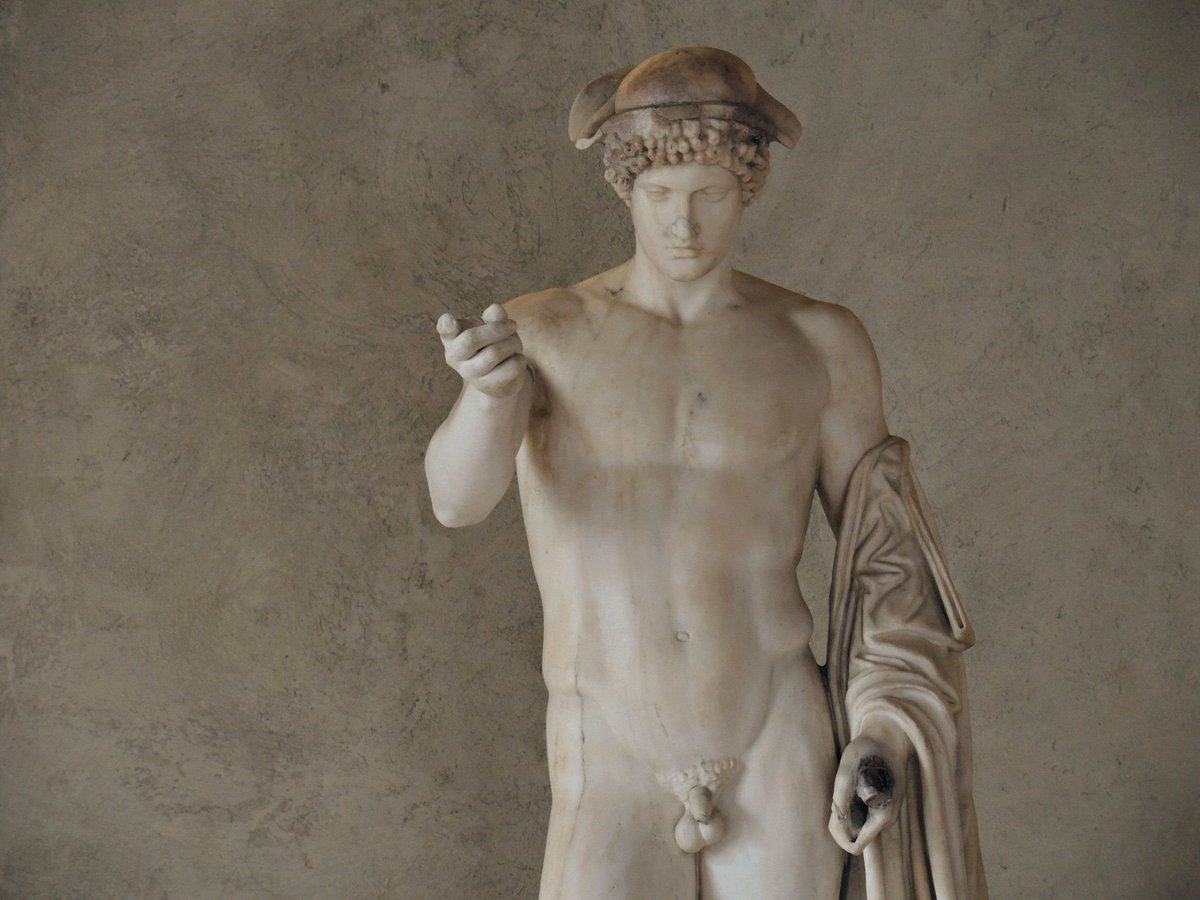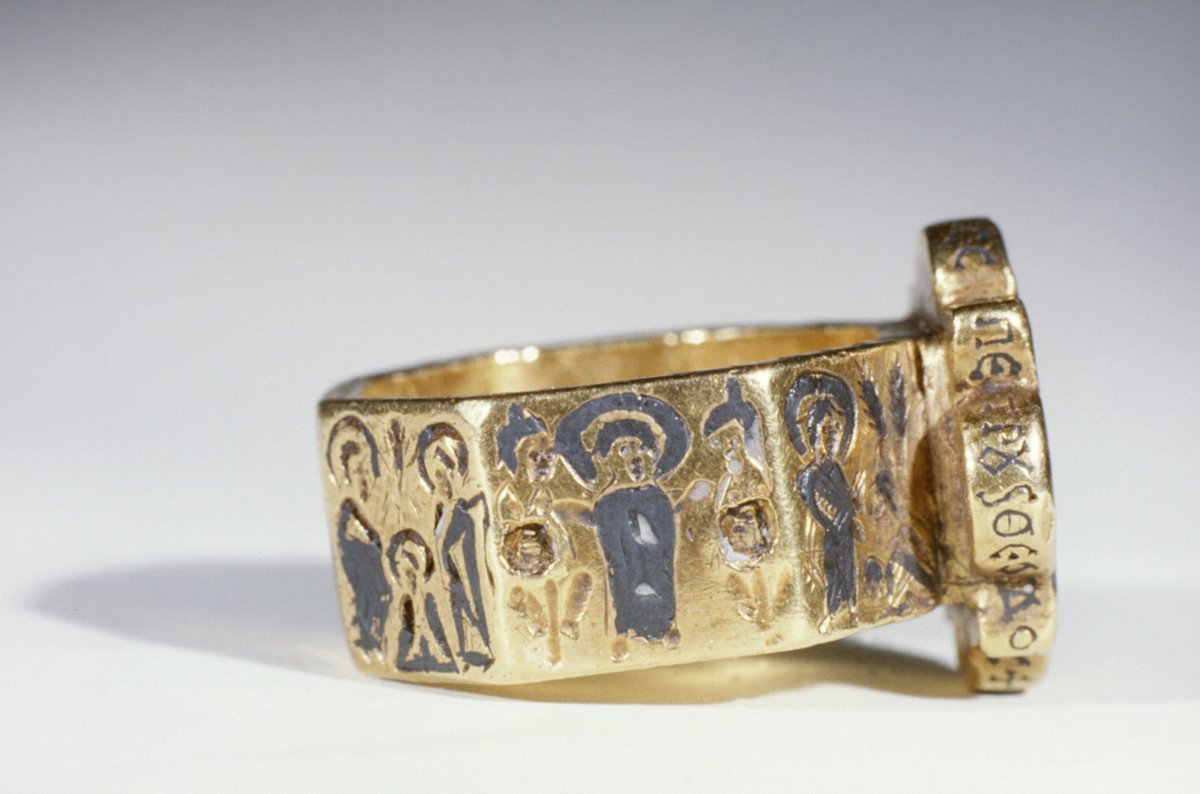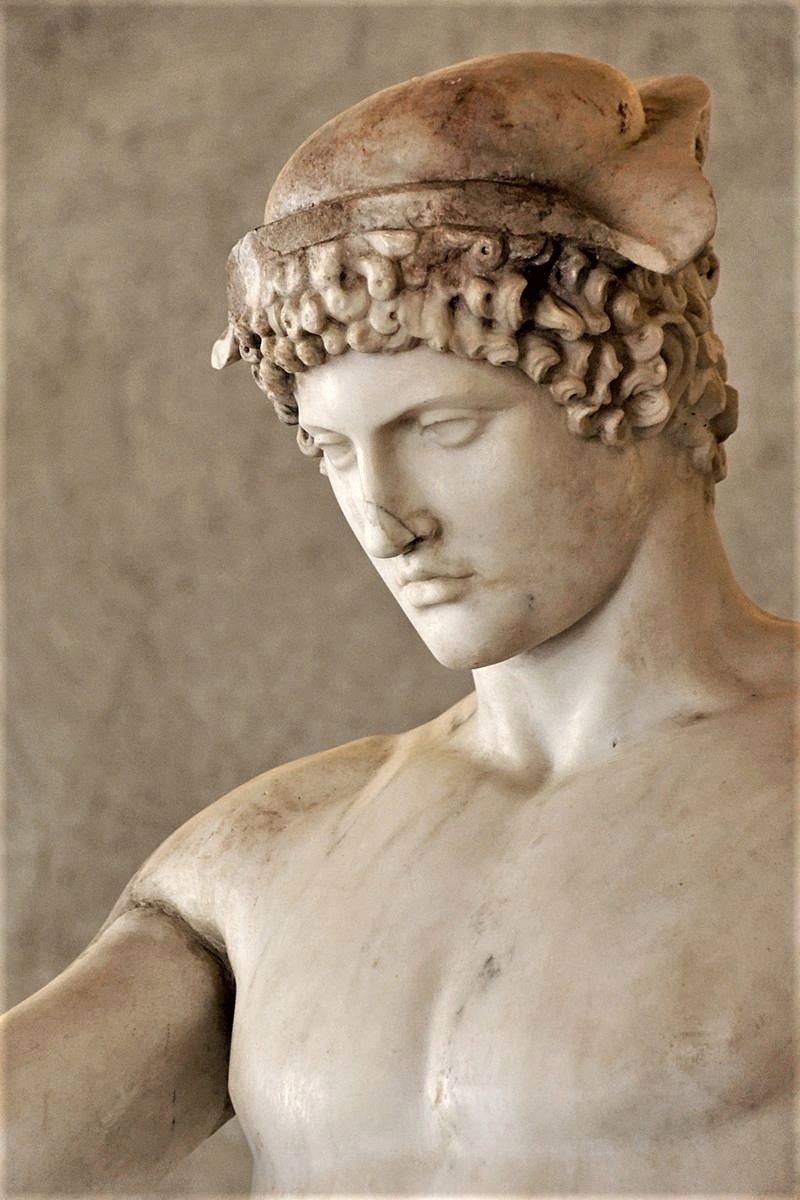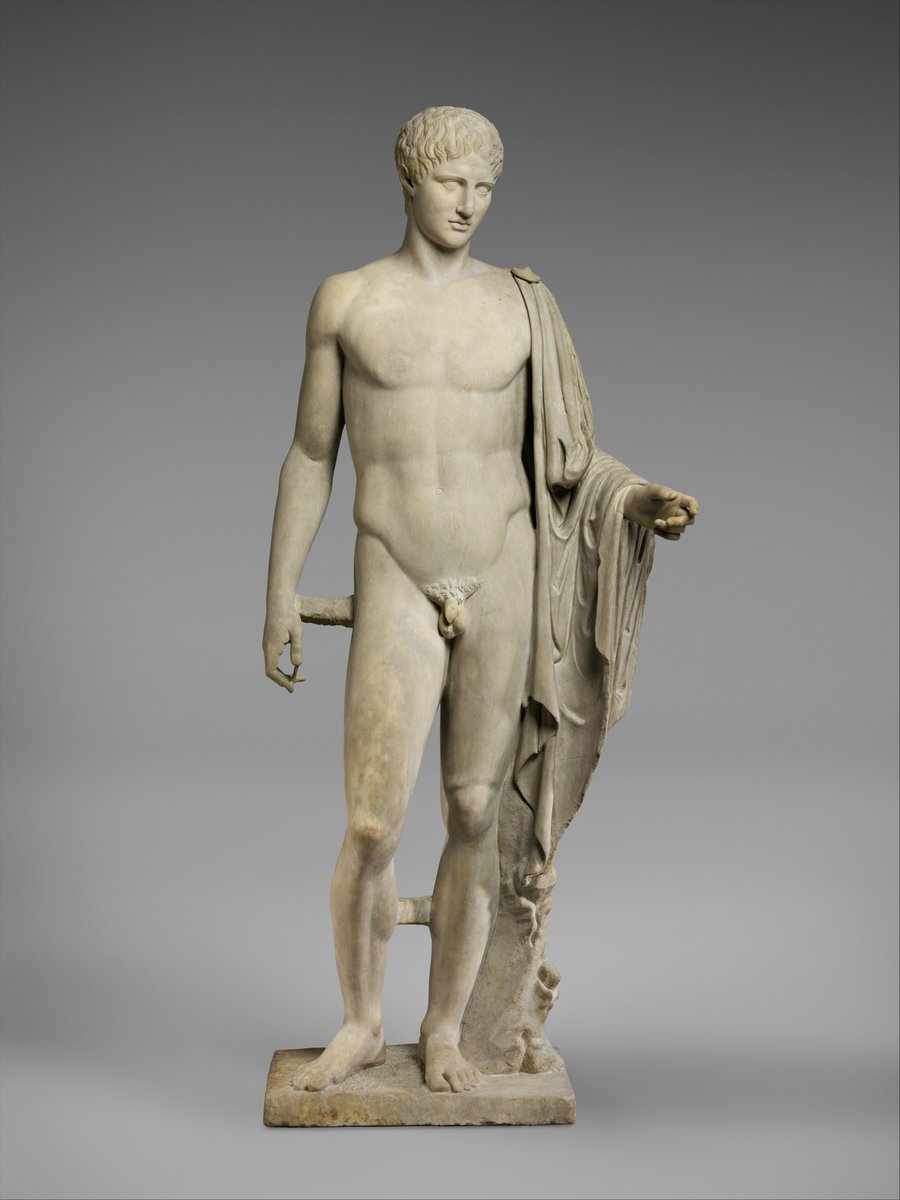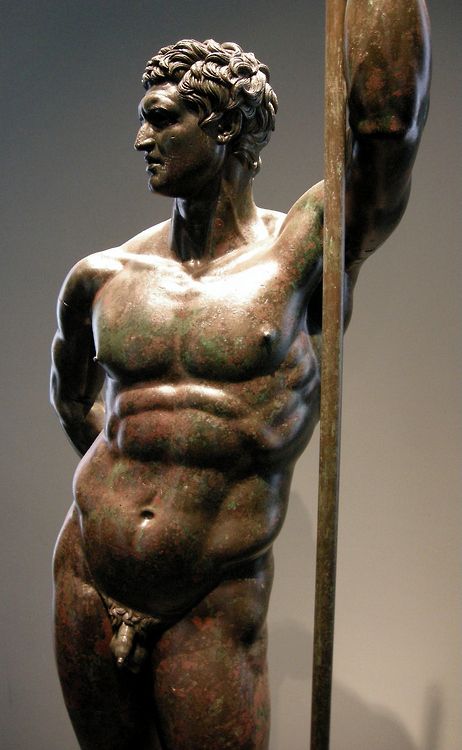
#RomanSiteSaturday - The Temple of Bacchus🏛️🍷
(1/6) Located in Baalbek, #Lebanon, the Temple of #Bacchus is an amazing example of Imperial Roman architecture, adorned with Corinthian columns and lavishly decorated ceilings and parapets.
#Classics #Roman #Archaeology #History
(1/6) Located in Baalbek, #Lebanon, the Temple of #Bacchus is an amazing example of Imperial Roman architecture, adorned with Corinthian columns and lavishly decorated ceilings and parapets.
#Classics #Roman #Archaeology #History

(2/6) Likely constructed under emperor Antoninus Pius (138 - 161CE), the temple is a massive 66m long, 35m wide and 31m tall, which is larger than the Parthenon in Athens! 8 columns wide and 15 columns deep, it features a walled cult room split between two floors and a crypt. 



(3/6) Despite its namesake, it is unknown as to which deity it was dedicated. Archaeological evidence from the site however suggests #Bacchus, as the interior design depicts a god of wine and ecstasy and other Bacchic symbolism like Maenads and revellers. 







(4/6) Following its construction, surviving historiography remains quiet on the fate of the temple. A brief mention in the 4th century CE suggests it suffered the same closure experienced by all pagan temple in the late Roman Empire as they suffered Christian persecution. 



(5/6) It primarily owes it survival to its use as a fortress in the #Medieval period. Reinforced and garrisoned by successive Islamic Caliphates, the site remained intact. By the 19th century, it had fallen into disrepair until it was excavated in 1898 by a German expedition. 



(6/6) Repaired and restored by the Lebanese government in the 20th century, this remarkable temple has survived persecution, earthquakes and countless wars. For further reading, see 'Roman Architecture' by F. Sears. 

@threadreaderapp unroll please!
• • •
Missing some Tweet in this thread? You can try to
force a refresh





